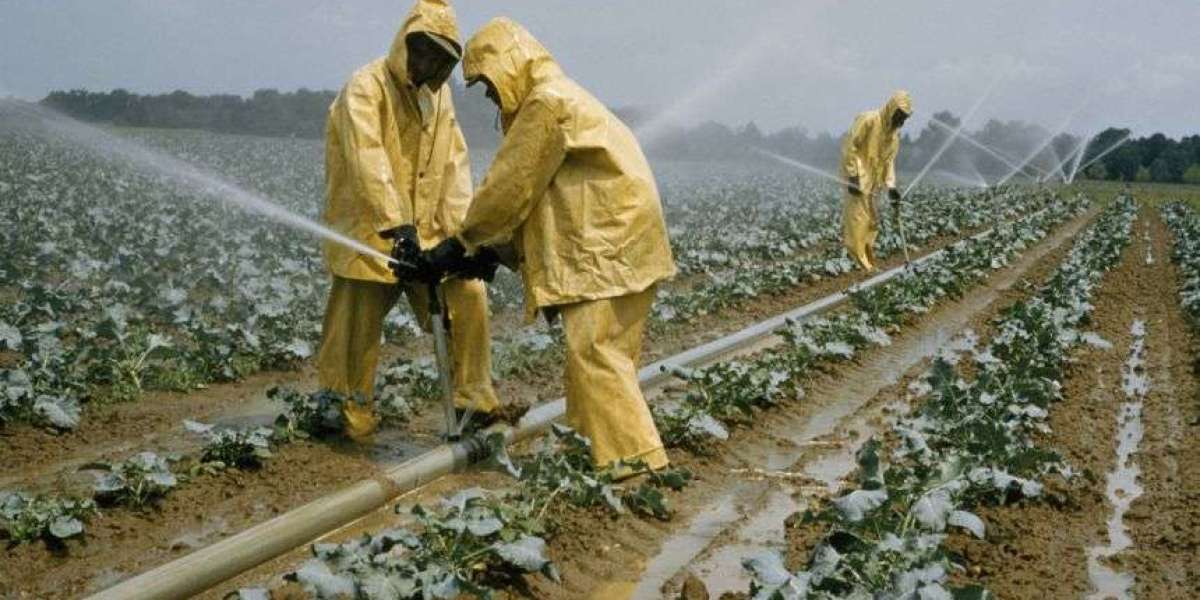The article is about tech agriculture how it has helped to make agriculture easy for food production.
In the age of rapid technological advancement, every sector is undergoing a profound transformation, and agriculture is no exception. The integration of cutting-edge technology into farming practices is revolutionizing the way we cultivate, harvest, and manage crops. This article explores the fascinating intersection of technology and agriculture, showcasing the innovative solutions that are reshaping the landscape of traditional farming.Precision Farming:Precision farming, often referred to as smart farming, involves the use of GPS technology, sensors, and data analytics to optimize various aspects of agriculture. Farmers can now precisely monitor and control variables like soil moisture, nutrient levels, and crop health. This data-driven approach enables more efficient resource utilization, reducing waste and improving overall crop yield.Drones in Agriculture:Unmanned aerial vehicles, or drones, have become invaluable tools for modern farmers. Equipped with cameras and sensors, drones provide real-time aerial imagery of fields, helping farmers assess crop health, identify pests and diseases, and even optimize irrigation patterns. Drones enable swift and targeted responses to potential issues, ultimately enhancing crop management practices.Internet of Things (IoT) in Farming:The Internet of Things has found a fertile ground in agriculture, connecting various devices and sensors on the farm. Smart devices can monitor and control irrigation systems, climate conditions, and machinery remotely. This connectivity allows farmers to make informed decisions based on real-time data, leading to increased productivity and resource efficiency.Robotics and Automation:The integration of robotics into agriculture is transforming labor-intensive tasks. Automated machinery, such as robotic harvesters and weed control systems, can perform repetitive jobs more efficiently than manual labor. This not only addresses labor shortages but also reduces costs and minimizes the environmental impact of certain farming practices.Vertical Farming:As urbanization continues to rise, the demand for sustainable and space-efficient farming practices has grown. Vertical farming, enabled by technology, involves growing crops in vertically stacked layers. Controlled environments with artificial lighting, temperature, and nutrient control systems allow year-round cultivation, making it possible to produce fresh, local produce in urban areas.Big Data Analytics:The agricultural sector is generating vast amounts of data, from weather patterns to crop yields. Big data analytics processes this information to extract meaningful insights, helping farmers make informed decisions. Predictive analytics can anticipate potential challenges, enabling farmers to proactively address issues before they impact crop production.Technology's influence on agriculture is not merely about increasing yields; it's about fostering sustainability, efficiency, and resilience in the face of evolving challenges. The fusion of digital innovation with traditional farming practices is creating a new era for agriculture, where farmers are equipped with powerful tools to navigate an ever-changing landscape. As we continue to embrace these technological advancements, the future of agriculture looks promising, ensuring that we can meet the demands of a growing global population while minimizing environmental impact.
 Планируете заказать аттестат у надежного исполнителя? Заходите!
Планируете заказать аттестат у надежного исполнителя? Заходите!
 Как возможно быстро приобрести аттестат в онлайн магазине
Как возможно быстро приобрести аттестат в онлайн магазине
 Интернет магазин, в котором возможно заказать диплом университета
Интернет магазин, в котором возможно заказать диплом университета
 Taste, Explore, Discover the Must-Visit Places in Kuala Lumpur for Every Type of Traveler
By Zahra zaik
Taste, Explore, Discover the Must-Visit Places in Kuala Lumpur for Every Type of Traveler
By Zahra zaik Ценообразование дипломов - обзор специалистов
Ценообразование дипломов - обзор специалистов



